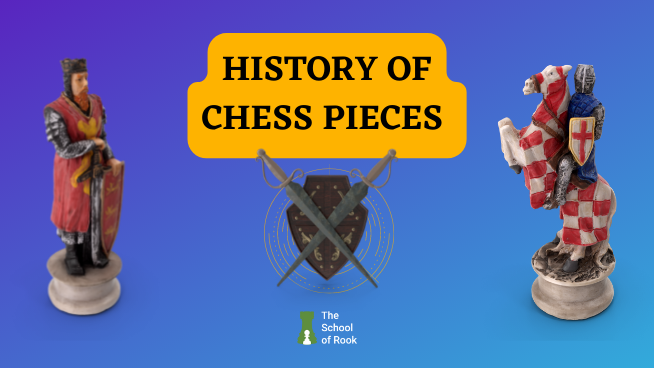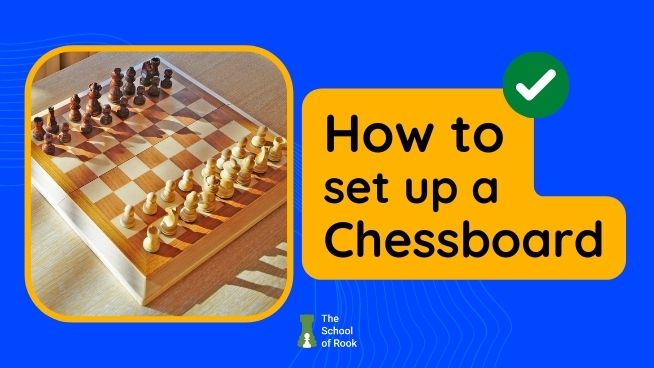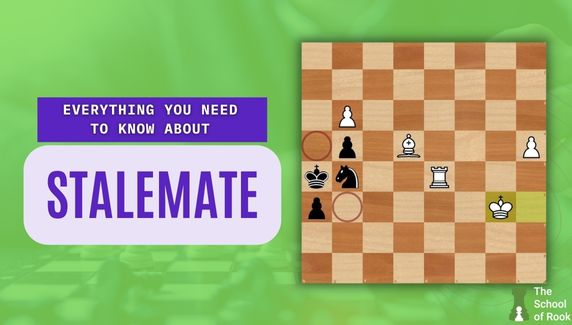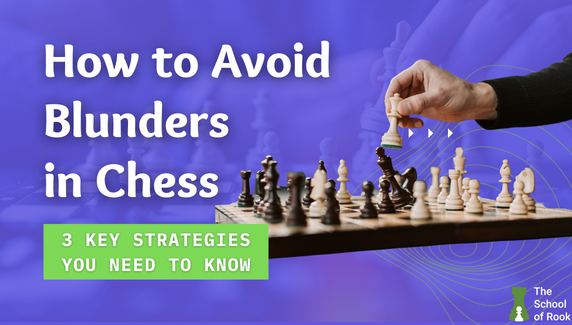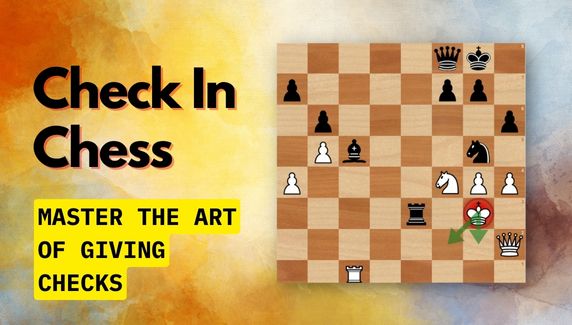
Chess pieces, or chessmen, are the objects players move on the board when playing a chess game. Each piece has a unique way of moving.
To better your game, you must understand their powers and how they can help you win the game. We’ll be looking at each piece individually and learn their value, movements, and what role they play in a game of chess.
There 6 different types of chess pieces:
- Pawn
- Knight
- Bishop
- Rook
- Queen
- King
Pawn
Pawns are soldiers that stand in front of the essential pieces. Each side starts with 8 pawns. So the white side has 8 pawns, and the black side has 8 pawns.
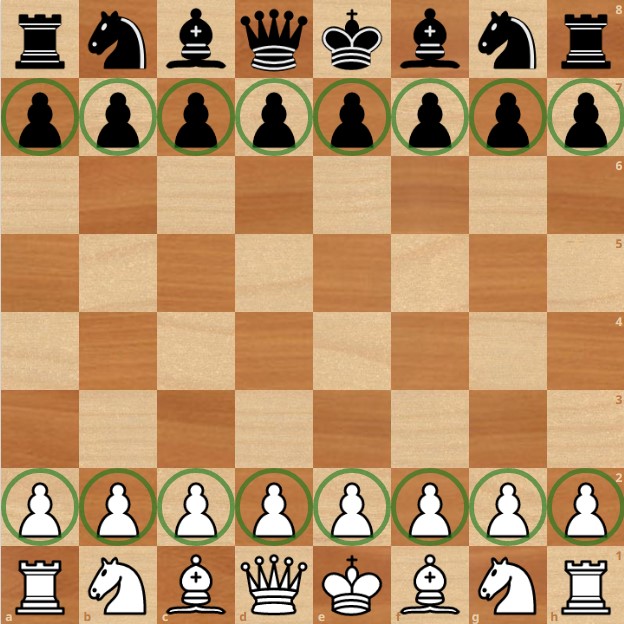
The white pawns are located on the second rank, and the black pawns are located on the seventh rank.
What is the value of a pawn?
The value of a pawn is one point. It is the least powerful piece on the board. However, as you’ll learn below, pawns play a vital role in the endgame.
How does a pawn move?
A pawn moves one square at a time in the forward direction. In fact, this is the only piece on the chessboard that cannot move backwards.
A pawn attacks or captures other pieces located diagonally to the left or right. These pieces have to be on the neighboring diagonal squares and not beyond that.
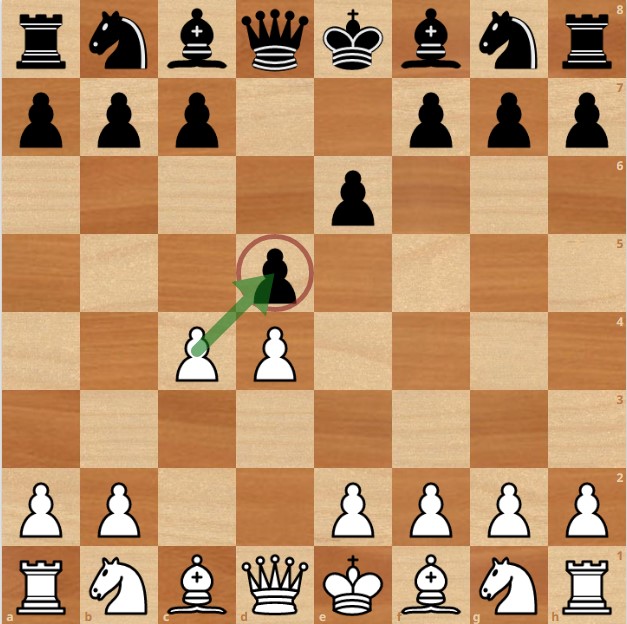
The pawn has three special moves as below:
- Starting Move
- Pawn Promotion
- en Passant
Starting move
A pawn can move two squares at a time in its first move. And then it can move only one square at a time.
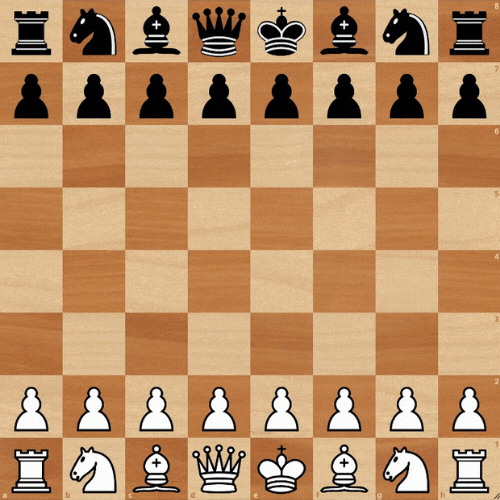
If a pawn has already been moved, then it cannot jump two squares ahead. This special move is reserved only at the beginning of its journey on the board.
In the below image, the pawn is at e3. It has already moved once. So now, you cannot move it to e5, i.e., two steps ahead.
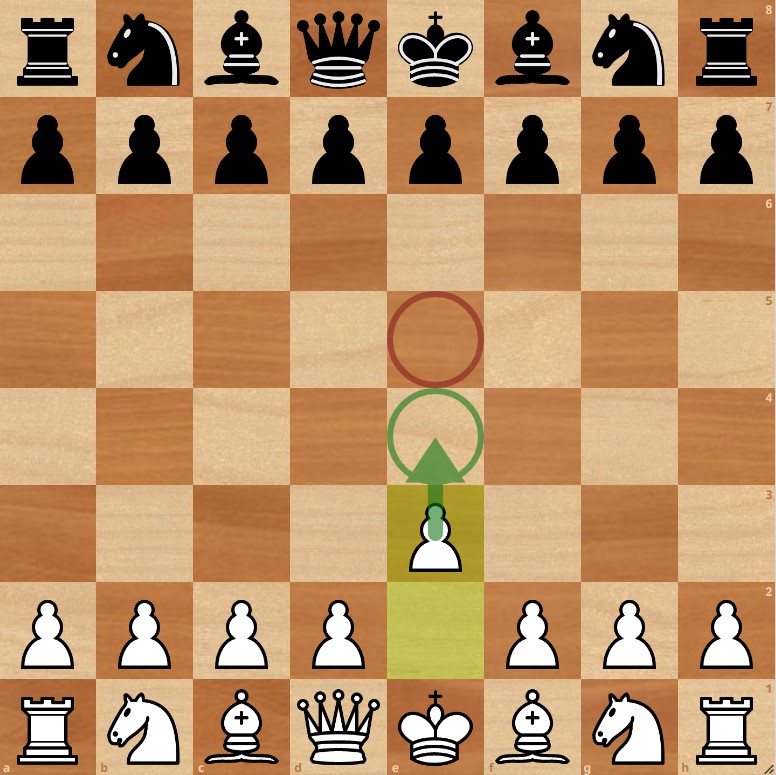
Now, is it mandatory for the pawn to move two squares at the start of a game? The answer is no; it’s not compulsory to move a pawn two squares at a time.
A pawn’s first move can be either one or two squares.
Pawn promotion
When a pawn reaches the other end of the board, it gets promoted to either a queen, rook, bishop, or knight.
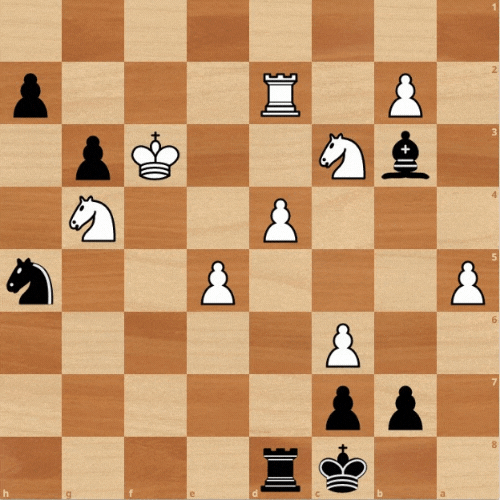
This means if a white pawn reaches the eighth rank or a black pawn gets to the first rank, it can convert into a major or minor piece. Note that a pawn cannot promote itself to a King or another pawn.
You’ll most likely see pawn promotions in the endgame as it has to battle several pieces to reach the opposite end of the board.
en Passant
en Passant is a special move in chess where a pawn has the option to capture a pawn adjacent to it depending on the following rules:
- The opponent pawn’s first move is two squares ahead.
- Your pawn is adjacent to it 一, left or right.
- The capture should be immediately after your opponent makes the two-step move.
Instead of placing your pawn on your opponent pawn’s square to capture it, you move your pawn diagonally, i.e., one square above it.
Confused? That’s totally normal to feel so. The following en Passant example will make it easier for you to understand this concept:
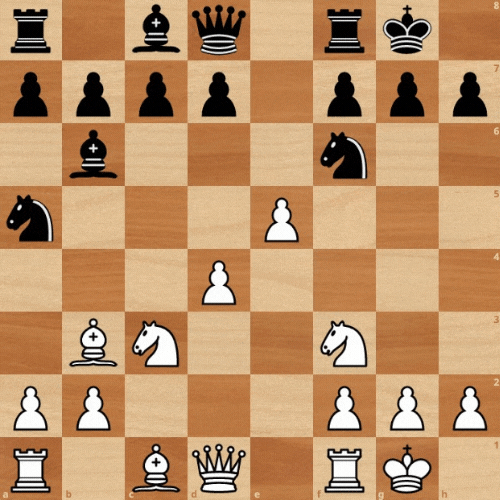
In the above en Passant example, white pawn at e5 can capture the black pawn at d5 by playing exd6.
Let’s look at another example below.
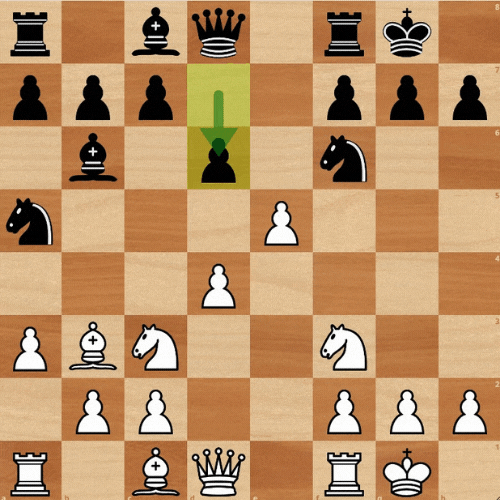
Can white capture the pawn at d5 now? The answer is no because the pawn moved from d6 to d5 and not directly to d5 in its first move.
Note that you can only capture pawns and not any other piece with this special move.
Knight
A knight is a minor chess piece represented by a horse’s head and neck. Each side has 2 knights.
The white knights are located on the first rank on b1 and g1 squares, while black knights are located at b8 and g8 squares at the start of the game.
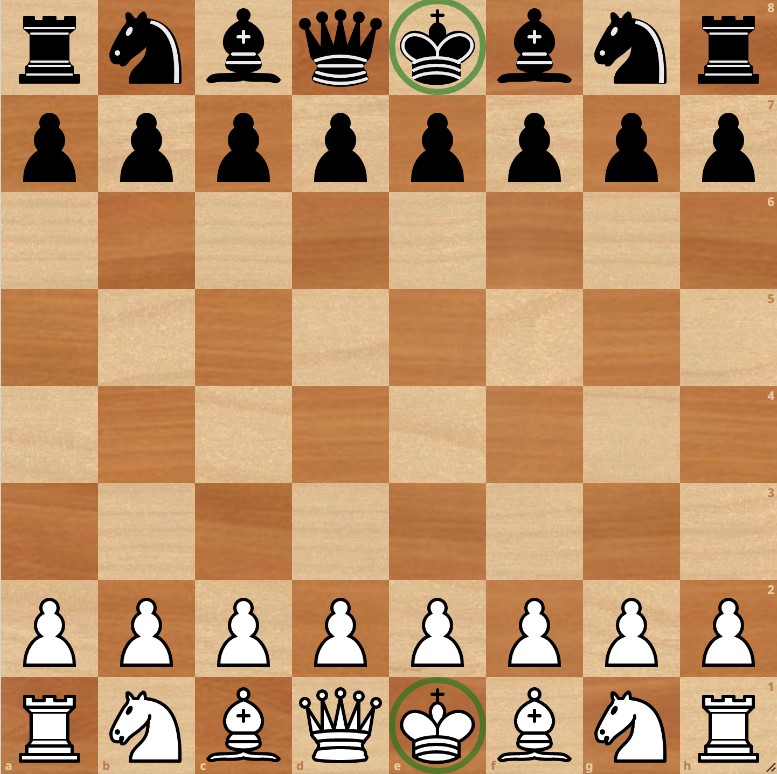
What is the value of a knight?
The value of a knight is three points. It is known as a minor piece in chess.
How does a knight move?
A knight moves in an “L” shape. The knight can move two squares, either up or down, and then one square horizontally. Similarly, a knight can move two squares, either left or right, and then one square vertically.
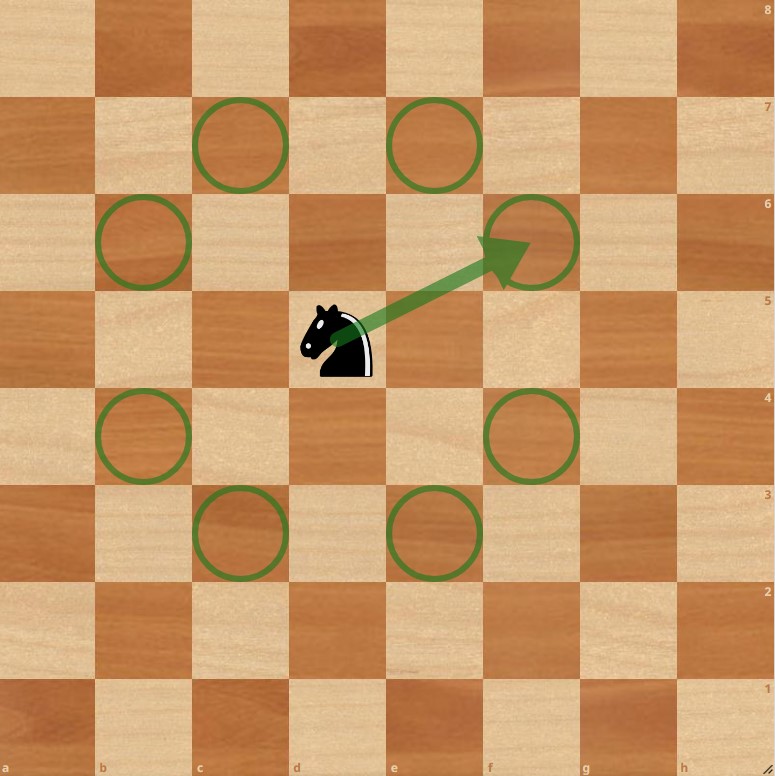
A knight is the only piece in chess that cannot move in a straight line. It “jumps or hops” over pieces.
A knight can jump over all pieces, white or black. But it can capture pieces where it can land on.
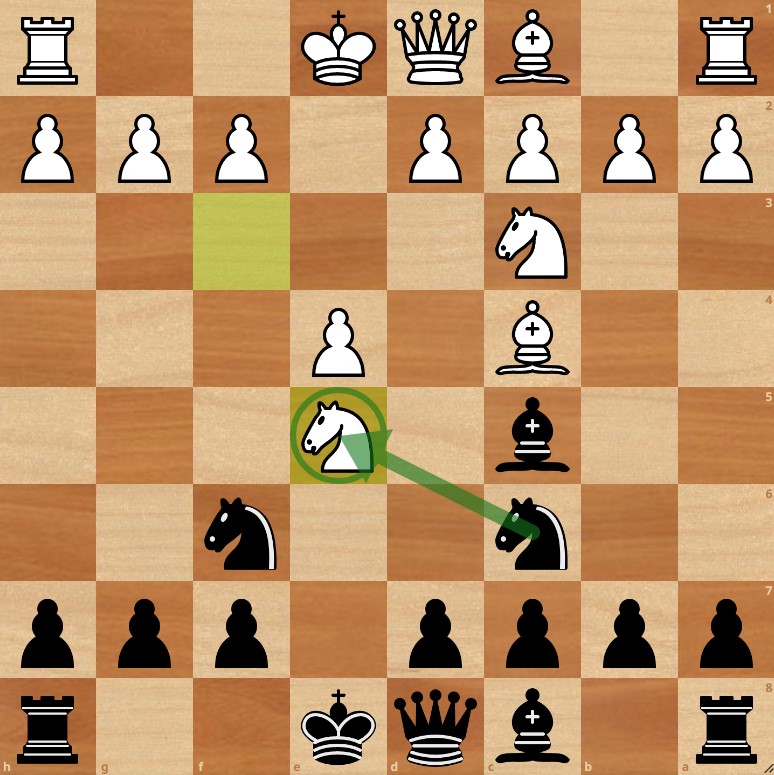
In the above example, the knight on e6 square can capture the white Knight at e5 square.
Bishop
A bishop is a minor chess piece with a rounded top and a diagonal slit in its body. Each side has 2 bishops.
The white bishops are located on the first rank on c1 and f1 squares, while black bishops are located at c8 and f8 squares at the start of the game.
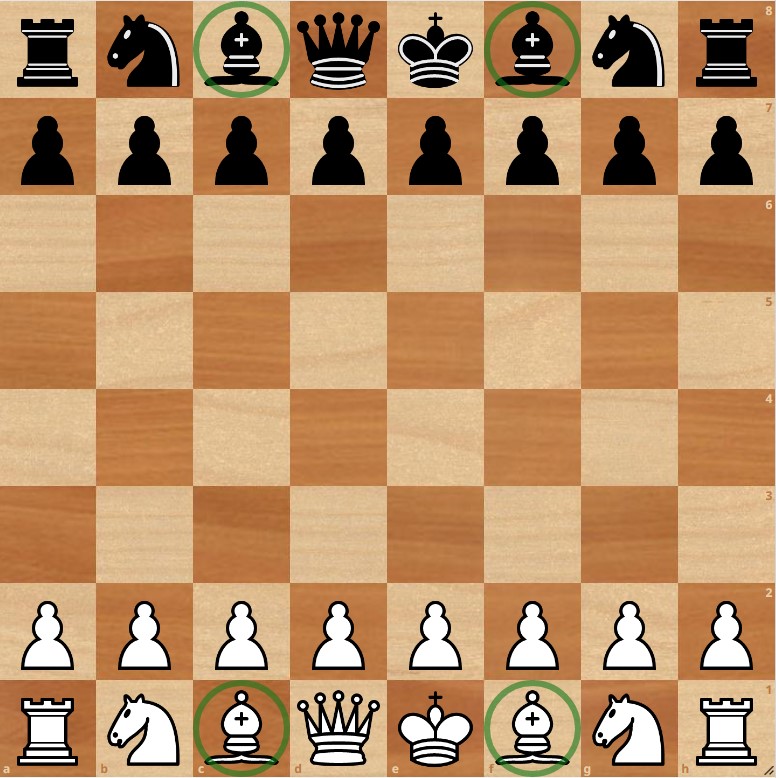
If you look carefully, you’ll see that each team has one bishop standing on a light square and the other bishop on a dark square. These are often called light square bishops and dark square bishops, respectively.
What is the value of a bishop?
The value of a bishop is three points. Bishops, along with Knights, are known as minor pieces in chess.
How does a bishop move?
A bishop moves diagonally in all directions. There’s no limit on the number of squares it can move at once. This is, of course, if there isn’t any piece obstructing its path.
A tip to remember how a bishop moves is to look at its slit diagonal or simply memorize that a bishop moves in a “X” direction.
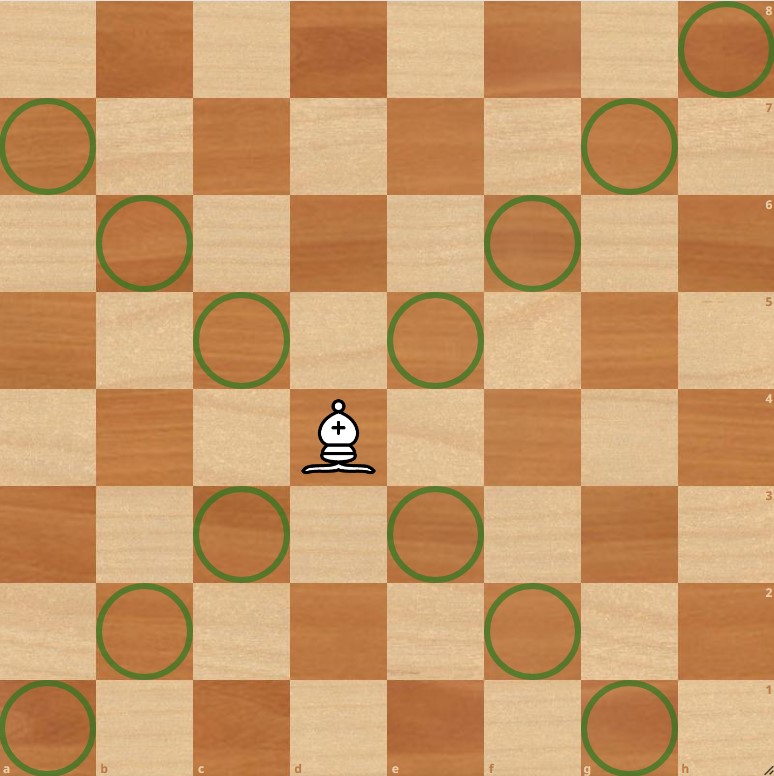
A bishop can capture a piece that comes in its way by landing on the square belonging to the opponent’s piece.
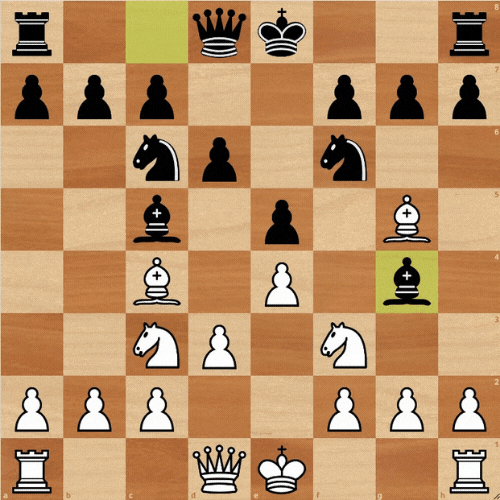
Rook
A rook is a major piece in chess that looks like a castle or a tower. Each side has 2 rooks.
The rooks are located on the four corners of the board. The white rooks are located on the first rank on a1 and h1 squares, while black rooks are located at a8 and h8 squares at the start of the game.
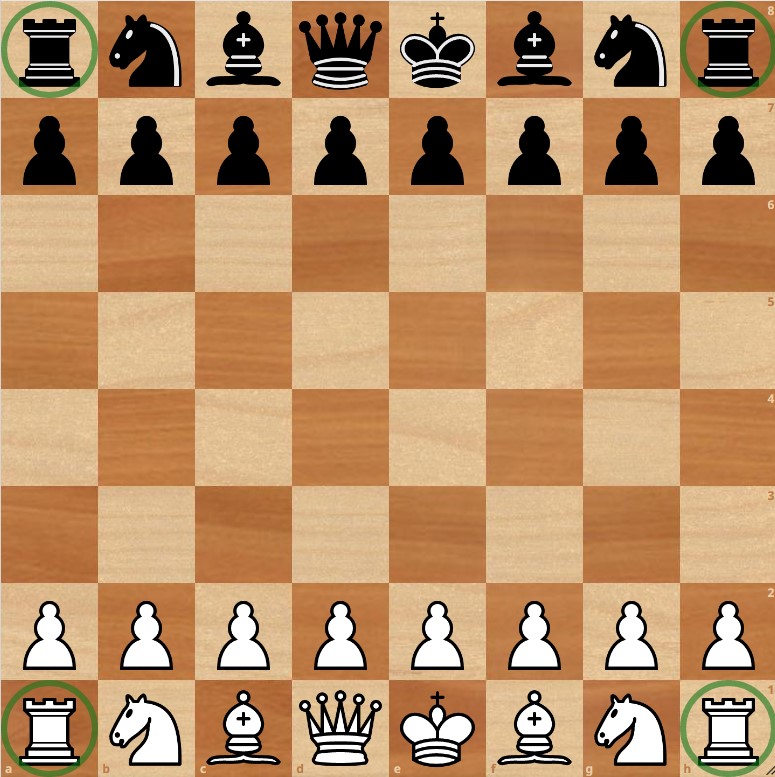
What is the value of a rook?
The value of a rook is five points. Rook is one of the most influential pieces on the board, and that’s why it’s called a major piece.
How does a rook move?
The rook moves horizontally or vertically in a straight line 一, that is, along with the files or ranks. Like the bishop, it has no limit on the number of squares it can move in a single go unless someone is blocking its way.
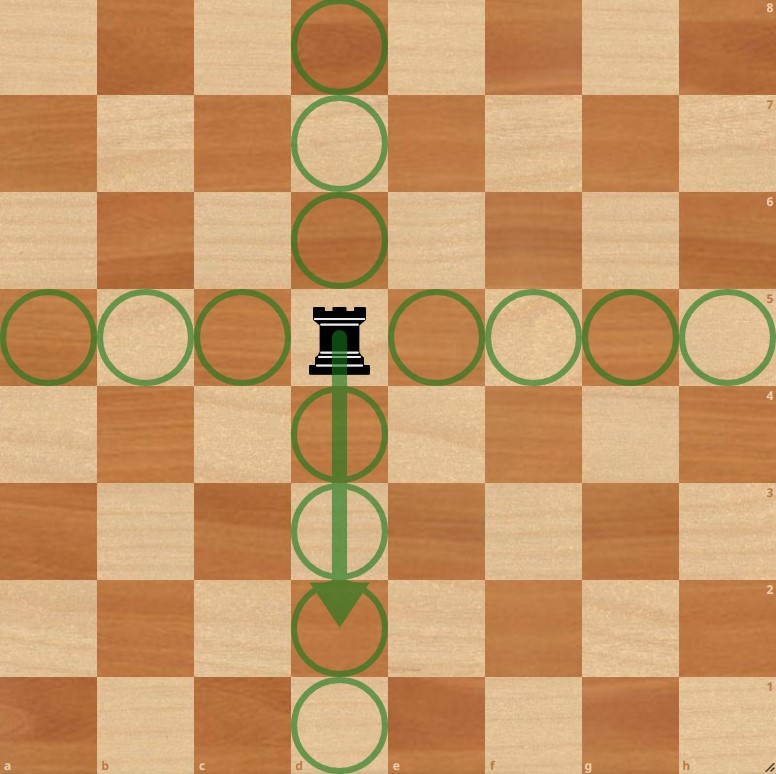
A rook captures a piece by occupying the enemy’s square.
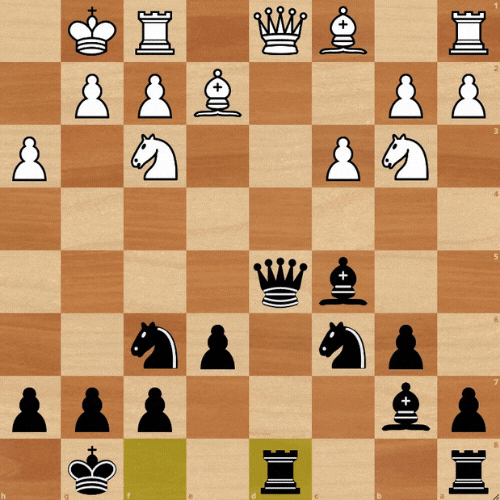
The rook and the king can perform a special move together called castling. In castling, the king “hops” two squares to the left or right towards the rook. The nearest rook then “jumps over” the king to take place beside it.
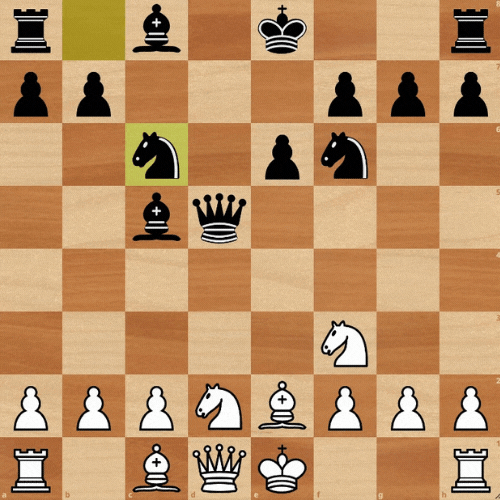
Castling can only take place if it fulfills the following conditions:
- The king hasn’t moved in the game. Once the king moves, a castling cannot take place.
- The specific rook you want to castle with hasn’t moved in the game.
- The king shouldn’t be under a check.
- The king shouldn’t pass through a check.
- There should be no piece in between the king and the rook.
- Castling can only occur in the first rank for white and the last rank for black.
You might feel intimidated or confused at first, but once you start playing games, you’ll be able to recall all the conditions quickly.
Now, as there are two rooks in chess, so there are two types of castling:
- Kingside castle
- Queenside castle
Kingside castle
The white king moves to g1 square, and the rook moves to f1 square. Similarly, the black king moves to g8 square, and the black rook moves to f8 square.
Kingside castle is also called the short castle.
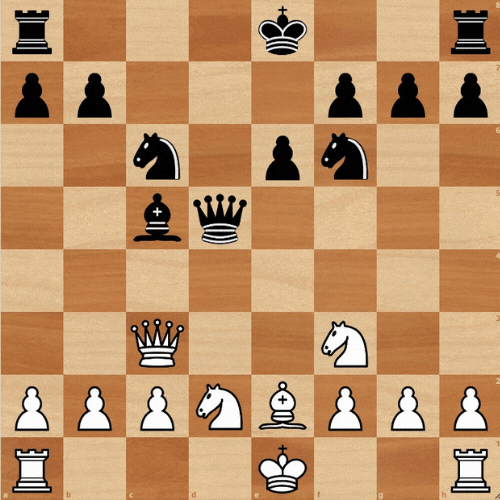
Queenside castle
The white king moves to c1 square, and the rook moves to d1 square. Similarly, the black king moves to c8 square, and the black rook moves to d8 square.
Queenside castle is also called the long castle as the rook moves three squares instead of two squares.
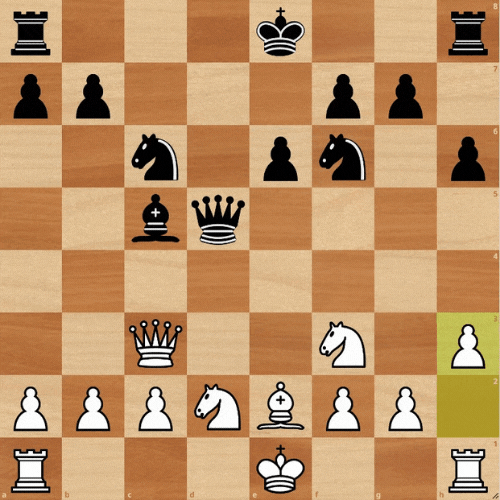
Queen
The queen is a major piece in chess that wears a crown on her head. She is the most powerful piece on the chessboard, and each team has only one queen.
The white queen is located on d1 square, and the black queen is located at d8 square at the start of the game.
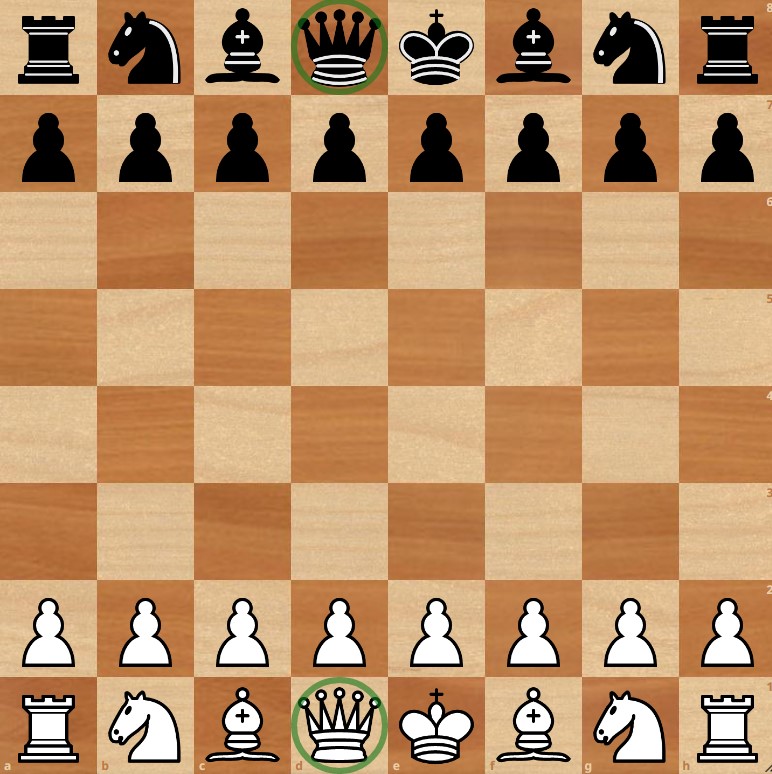
What is the value of a queen?
The value of the queen is nine points. Like the rook, the queen is also called a major piece in chess.
How does the queen move?
The queen moves in all the directions 一, that is, along with files, ranks, and diagonals. This iconic piece combines the moves of a rook and a bishop. Like a rook, the queen has no limit on the number of squares it can move at once.
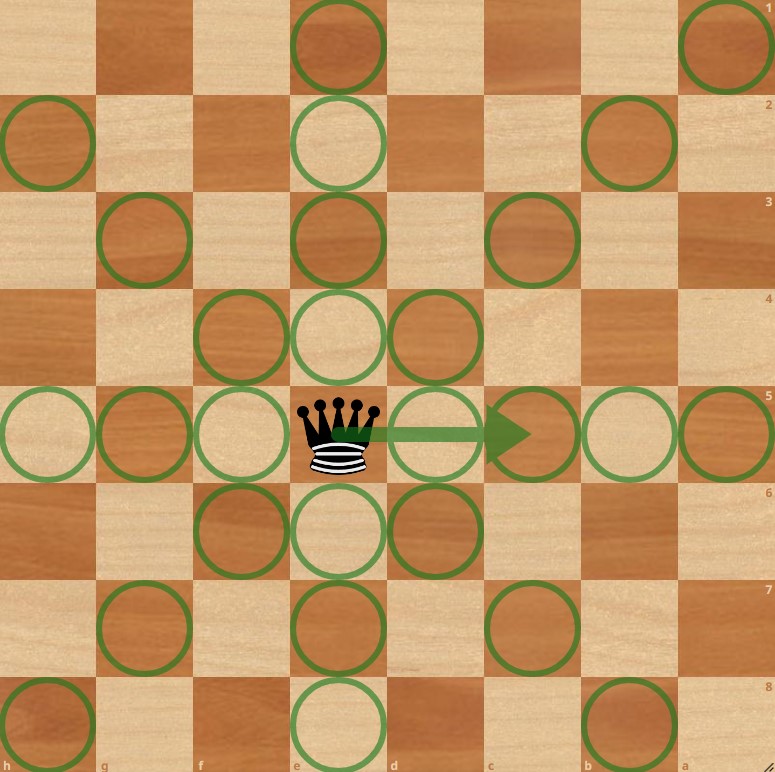
The way a queen captures a piece is by occupying the enemy’s square.
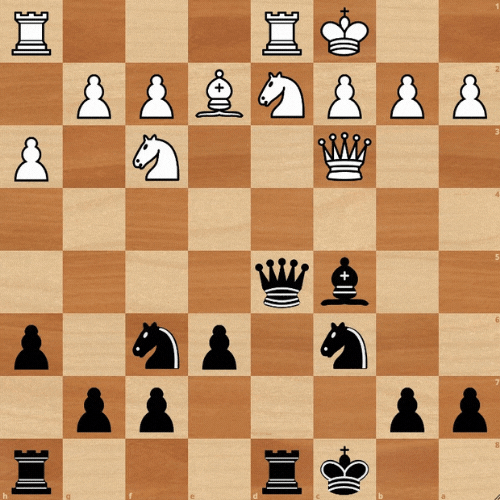
King
The king is the most important chess piece with a cross on his head. He is the most valuable piece on the chessboard, and each team has only one king.
The white king is located on e1 square, and the black king is located at e8 square at the start of the game.
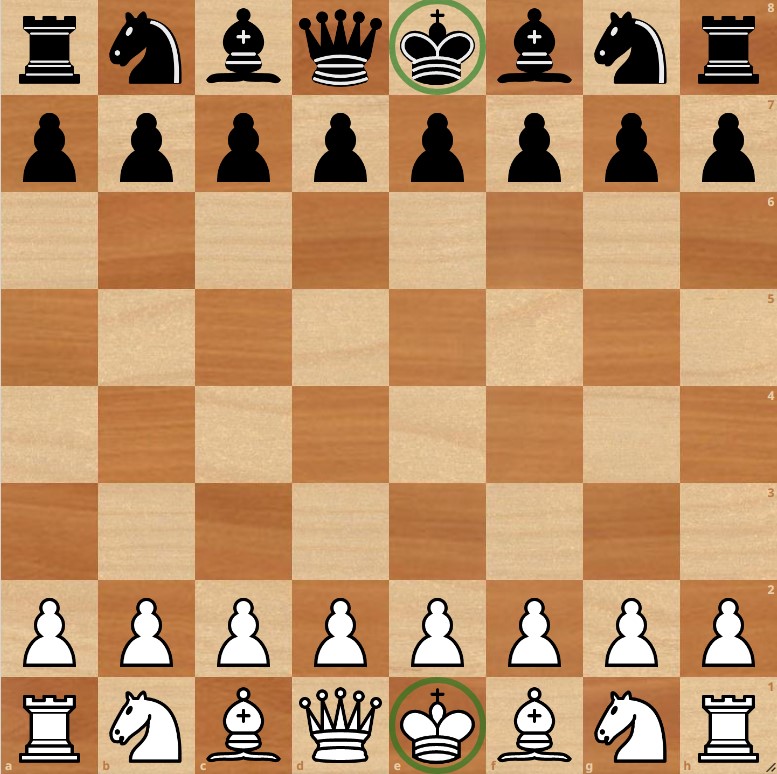
What is the value of a king?
The value of a king is infinite. You can say it is priceless because, without the king, there is no game.
If you lose your king, you lose the game. Another thing to note is that the king cannot be captured or traded for another piece.
How does the King move?
The king moves in all the directions 一, that is, along with files, ranks, and diagonals, but only one square at a time.
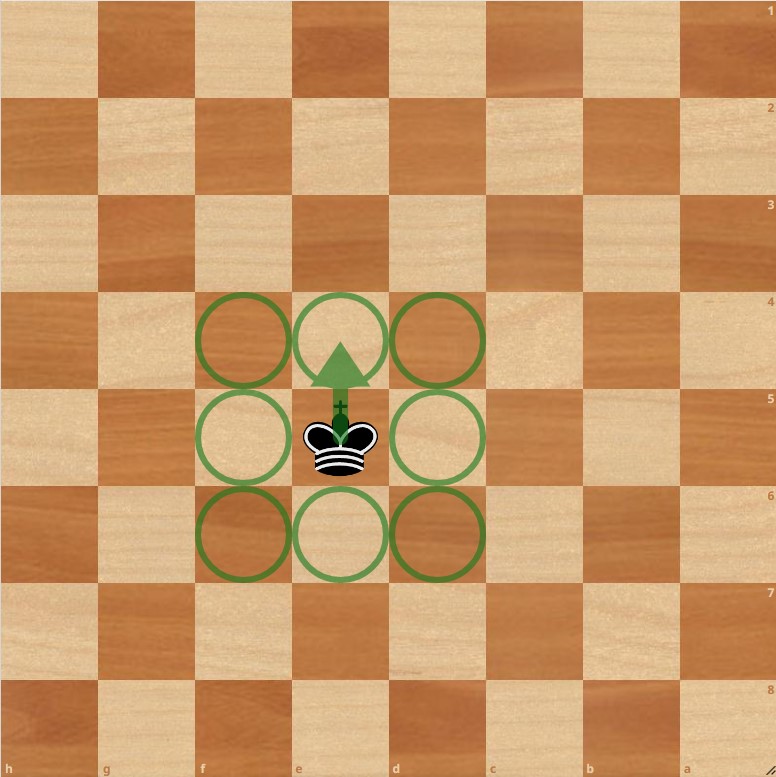
You should also know that the king cannot place itself in a “check,” i.e., a square where it is being attacked.
A king captures a piece by occupying the enemy’s square.
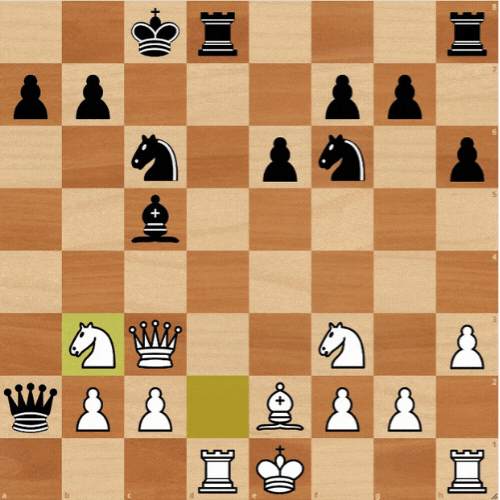
What’s after learning about chess pieces?
Knowing the value of chess pieces helps you analyze if it’s worth trading your piece with your opponent’s. And learning how each chess piece moves enables you to maneuver them on the chessboard.
However, you still need to know how to utilize the pieces effectively. If you’re eager to learn more, what’s better than visiting the past and understanding chess history? And if you aren’t particularly interested in reading history, you can learn how to set up a chessboard.

